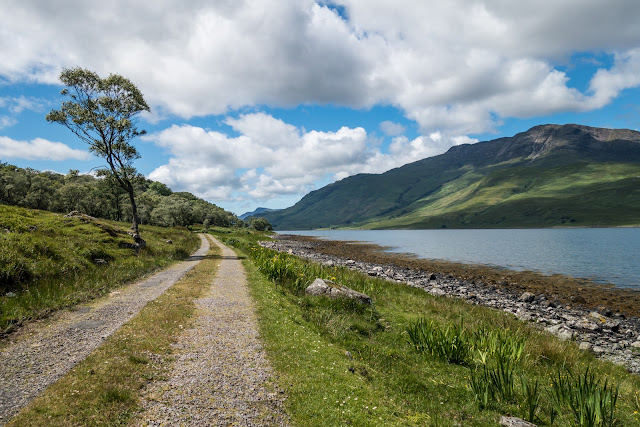What can be seen at Walton on the Naze?
Walton is a traditional seaside town on the east coast, unique in that it is surrounded on three sides by the sea. Its three miles of gently shelving sandy beaches facing south-east stretch from Frinton to the Naze. To the north, the sea sweeps round the Naze into the backwaters, known as Hamford Water, and the Walton Channel stretches right down to Walton Mere, only 300 yards from the main beach. The Naze, as well as being a natural open space, is a Site of Special Scientific Interest (SSSI) famed for its fossils found in the Red Crag cliffs.
As well as these glorious natural features, Walton is known for its pier – the second-longest in the country – its yacht club and marina, and its iconic tower at The Naze from where panoramic views can be enjoyed of the Walton backwaters, Harwich and Felixstowe and the Suffolk coast.
The coast of East Anglia is always subject to erosion and the day of our visit to Walton demonstrated the effects which a stormy period on the North sea can have on the area
These beach huts would normally have a bit more sand in front, but it has been washed away leaving a nasty gap between bottom step and the beach!
Another view of an area normally deep in sand.
One has to wonder haw many years before the famous tower is in danger? Built in 1720 by Trinity House as a navigational aid for ships making for Harwich Harbour – is now an art gallery and tea rooms
More of the cliff has slid toward the sea
Somehow, there is always an odd shoe.
.... or a glove!
So to some wildlife. In a row - shame about the empty end posts!
Sanderling seen on the beach
What are you doing down there?
Three is a crowd.
These swirls are the “castings” of a worm. Various species of lugworms are found in sandy marine mud all over the world. They ingest the sandy mud at one end, and excrete digested sand at the other. They can process a cubic centimeter or more of sand every hour. The worms digest the bacteria and other microorganism in the sand, in much the same way that earthworms process soil. So, some images of worm poo!
Patterns in the sand
The colour green. Seaweed coating the steps to the beach.
Under the pier. A view toward the sea as the tide retreats
Colours
Gulls inviting themselves to lunch
The remains of a WW2 pillbox on the beach. The Walton of today is a somewhat different place to that of WW2 due to it`s proximity to the entrance to Harwich . A good taster of how the area was in that period can be found here.






















Comments